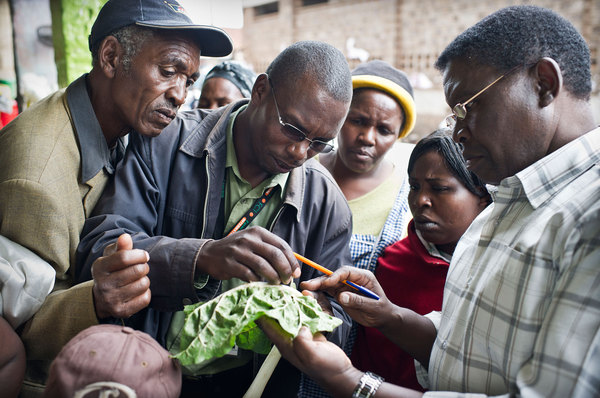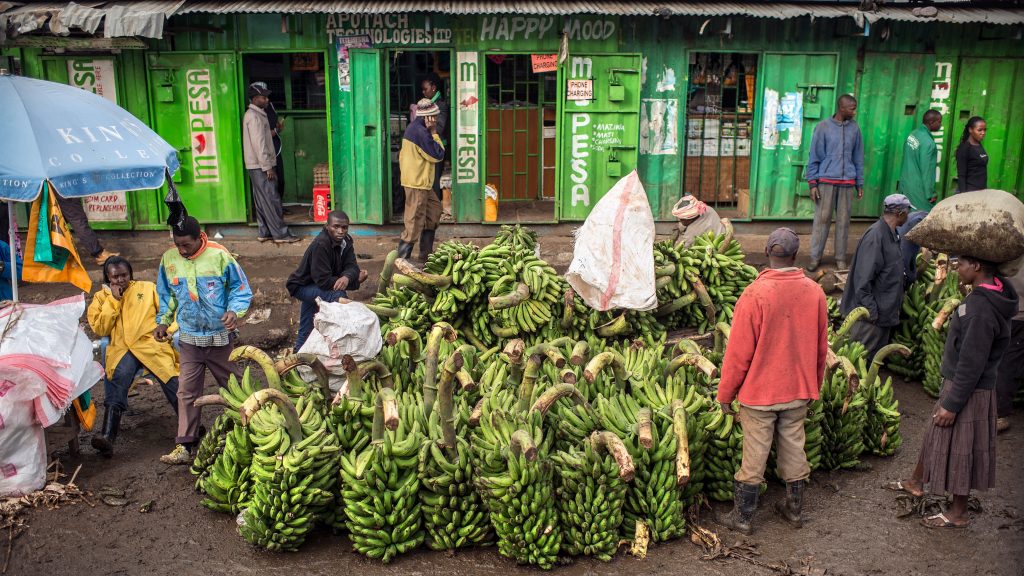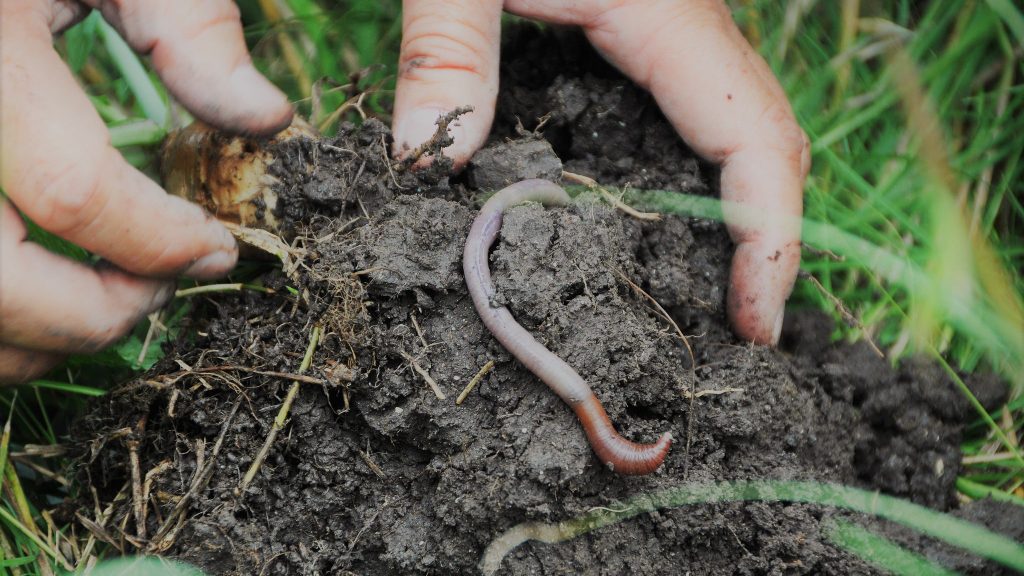Test your plant health knowledge with the plant doctor quiz
>> New quiz just added Plantwise plant doctors are at the heart of our plant clinic network providing advice and information to farmers, logging their data for the Plantwise Knowledge Bank, and always adapting to new outbreaks and technologies. Think you’ve got what it takes to be a plant doctor? Take our online quiz and…
Plant health key to reducing world hunger
By Katie Tomlinson On the 16th October, World Food Day events will take place around the globe to draw attention to the growing problem of world hunger and malnutrition. Shockingly, the FAO has reported that 10% of the global population experienced severe food insecurity in 2017 and that world hunger has increased for the third…
Plantwise showcases plant health expertise at TROPED 2018
By Muhammad Faheem and Chan Fook-Wing At the recent International Conference on Tropical Fruit Pest and Diseases (known as TROPED), which took place in Malaysia, attendees from countries including the Philippines, Fiji, China, Sudan, and India learned about Plantwise through a series of talks, demos, and an exhibition stand.
Philippine farmers worst hit by Typhoon Mangkhut
Typhoon Mangkhut (local name: Ompong) recently swept across the northern island of Luzon, Philippines, severely affecting the country’s bread basket. According to the National Disaster Risk Reduction and Management Council, approximately 171,932 farmers have suffered as a consequence of the storm.
Test your plant health knowledge with the plant doctor quiz
>> New quiz just added Plantwise plant doctors are at the heart of our plant clinic network providing advice and information to farmers, logging their data for the Plantwise Knowledge Bank, and always adapting to new outbreaks and technologies. Think you’ve got what it takes to be a plant doctor? Take our online quiz and…
Joint forces against highly invasive Fall Armyworm Pest
Reblogged from plantix. PEAT, CABI and ICRISAT launch the first live tracking tool for Fall Armyworm (FAW) in India. The Fall Armyworm is a very invasive pest which is highly destructive to more than 80 plant species. The pest is native to America and has conquered the African continent in 2016. Since then, it has…
The Bugs Are Coming, and They’ll Want More of Our Food
Reblogged from The New York Times Climate change is expected to make insect pests hungrier, which could encourage farmers to use more pesticides. Ever since humans learned to wrest food from soil, creatures like the corn earworm, the grain weevil and the bean fly have dined on our agricultural bounty. Worldwide, insect pests consume up to…
Future-proofing partnerships
The recent International Congress of Plant Pathology (ICPP) in Boston brought together members of the plant health community from all over the world. Large events are a great place to forge new relationships, strengthen existing ones, or simply get everyone together in one place. The importance of working together is always emphasised when all corners…





